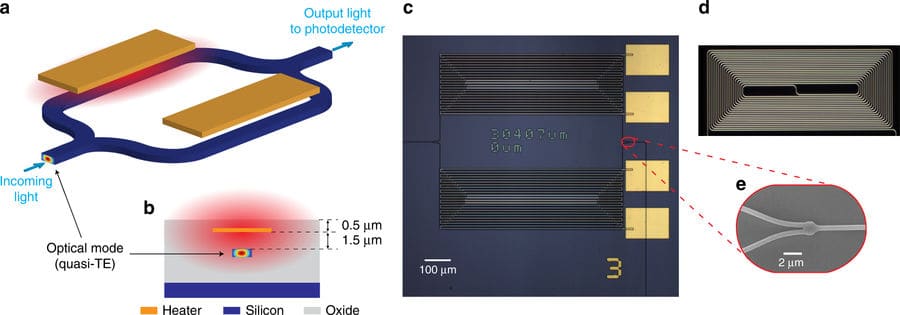Miniaturised spectroscopy has potential for portable greenhouse gas monitoring
Brazilian researchers devise method for making an infrared spectrometer that could fit into a drone or smart phone

Fourier-transform Infrared (FTIR) spectroscopy is a basic tool for chemistry. Infrared radiation excites the bonds between atoms in organic molecules, making them vibrate at a frequency which is characteristic to the type of bond. The main advantage of FTIR is that it uses a burst of multifrequency infrared radiation, rather than slowly scanning across frequencies. Processors incorporated into the spectrometer analyse the waveform transmitted through the sample, using a mathematical technique called a Fourier transform to derive the frequencies which were absorbed.

Despite this being a very established technology, FTIR spectrometers are large instruments, usually confined to laboratories. Researchers from the University of Campinas’ device research laboratory in Brazil, collaborating with colleagues at the University of California San Diego, have now developed an FTIR spectrometer based on silicon photonics, a technique which uses the optical properties of silicon, whose components can be made using the same processes used to mass manufacture electronic components.
Register now to continue reading
Thanks for visiting The Engineer. You’ve now reached your monthly limit of news stories. Register for free to unlock unlimited access to all of our news coverage, as well as premium content including opinion, in-depth features and special reports.
Benefits of registering
-
In-depth insights and coverage of key emerging trends
-
Unrestricted access to special reports throughout the year
-
Daily technology news delivered straight to your inbox










National Gas receives funding to develop Gravitricity underground hydrogen storage system
One single rock salt mine - Winsford - has 23 <i>MILLION </i>cubic metres of void and even allowing for 10% of that void set aside for hazardous waste...